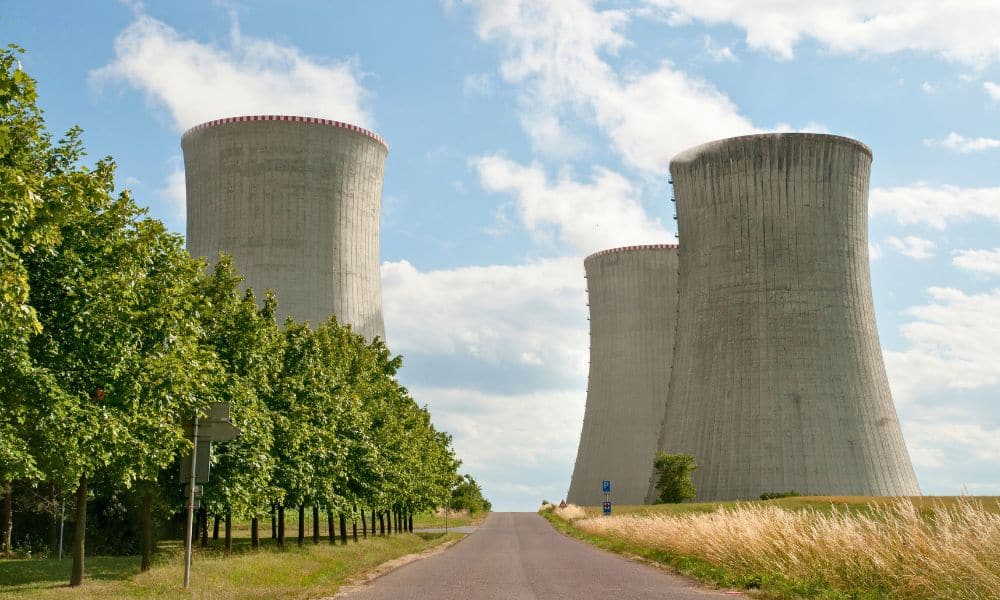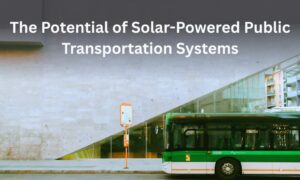Nuclear power in Australia has long been debated, with proponents lauding its potential to provide large-scale, low-carbon electricity. At the same time, opponents raise concerns about its costs, safety risks, and the time it takes to implement.
If you’re looking for personalized insights, you can effortlessly obtain FREE solar quotes from Energy Matters to make decisions about the energy future of your household.
Are you looking to save money on your electricity bills and reduce your carbon footprint? Solar energy is the perfect solution! Energy Matters can help you get up to 3 FREE quotes from pre-qualified and vetted solar firms in your area.
Energy Matters has been a leader in the renewable energy industry since 2005 and has helped over 40,000 Australian households in their journey to energy independence. With Energy Matters, you can be sure you’re getting the best possible deal on solar energy. We only work with reputable solar firms with a proven track record of delivering high-quality solar systems.
Australia's energy minister says nuclear power to replace coal would cost $387 billion, but opposition leader said that it is the “most credible” pathway to reduce emissions

Energy Minister, Chris Bowen said it would cost $387 billion to replace the country’s retiring coal-fired power stations with nuclear power plant in Australia.
Bowen said the figures were based on a new Department of Climate Change, Energy, Environment and Water analysis. He said at least 71 small modular reactors would be needed to replace the retiring coal fleet.
Bowen’s comments come after opposition leader Peter Dutton described nuclear power as the “most credible” pathway to reduce emissions. Dutton has suggested that small modular reactors should be considered, but Bowen has insisted that this is not viable.
“It strikes me as utterly bizarre that the opposition is hanging its hat on this unproven technology as the answer to our admittedly challenging task of reducing emissions and keeping reliability,” Bowen said.
Bowen also pointed to modelling by the GenCost report that found the cost of renewable energy sources was lower. The estimated cost for small modular reactors (SMRs) would be $18,167 a kilowatt in 2030, compared to solar at $1,058/kW and onshore wind at $1,989/kW.
The opposition has cast doubt on the data, with former resources minister Keith Pitt saying that the figures should be questioned. However, when pushed for what the actual figures could be, Pitt could not say.
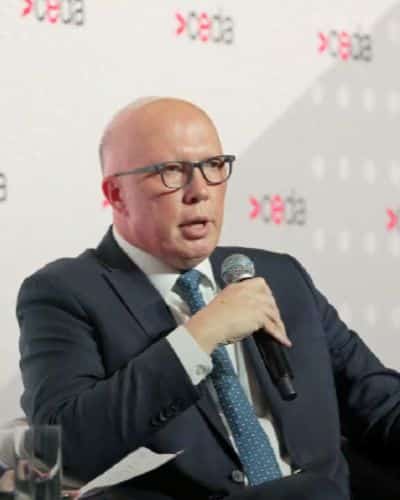
Opposition Leader Peter Dutton dismissed the figures and insisted that the government consider nuclear.
“I don’t believe Chris Bowen has a credible path to get to net zero without the use of nuclear,” he said.
Dutton pointed to countries using or considering nuclear to help reduce emissions and power prices.
“There are 50 countries in the world, either using or looking to use nuclear technologies,” he said.
“Why would those countries including the UK, US, France, Canada, why would those countries see the latest nuclear technology as a viable way and a credible way to get to net zero by 2050 but Chris Bowen doesn’t.
“It’s not the technology that is not working, it’s Chris Bowen.”
The debate over nuclear power is likely to continue in Australia in the lead-up to the next election and as the country seeks to reduce its emissions and transition to a clean energy future.
Source: ABC News, Sky News
What is nuclear power and how does it work?
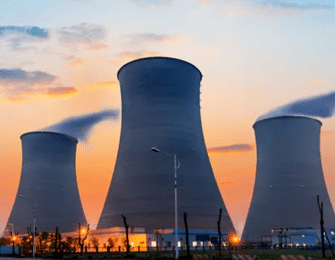
Nuclear energy is the energy stored in the nucleus of an atom. It can be released in two ways: nuclear fission and nuclear fusion.
- Fission splits atoms of heavy elements, such as uranium or plutonium, into lighter atoms. This releases a large amount of energy in the form of heat and radiation.
- Fusion is combining atoms of light elements, such as hydrogen, to form heavier atoms. This also releases a large amount of energy.
How does nuclear fission occur in nuclear reactors?
Nuclear energy is currently used to generate electricity in nuclear power plants. Nuclear fission is the most common method used in nuclear power plants today. In a nuclear fission reactor, uranium atoms are split apart by neutrons, releasing heat and more neutrons. The heat creates steam, which drives a turbine to generate electricity. The neutrons released from the fission reaction continue to split other uranium atoms, creating a chain reaction. Nuclear fusion is not yet used to generate electricity on a commercial scale, but research is ongoing to develop fusion reactors.
Is nuclear energy clean?
Nuclear energy is a complex and controversial topic, and whether it is clean is no exception. On the one hand, nuclear power plants do not emit any greenhouse gases during operation, making them a zero-carbon source of electricity. This starkly contrasts fossil fuel-powered plants, a major contributor to climate change.
On the other hand, nuclear waste is a significant concern. Nuclear waste is radioactive and can remain dangerous for thousands of years. There is no permanent solution for disposing of nuclear waste stored in temporary facilities.
It is a zero-carbon source of electricity, but it also produces nuclear waste and carries the risk of accidents. Read more about Is nuclear energy clean?
Australia’s nuclear power waste
Australia is facing the challenge of storing its nuclear waste safely. The current facility is nearing capacity and is designed to store something other than high-level waste. The government is considering building a new facility in South Australia, but this has been met with opposition from locals. Source: The Strategist.
What are the benefits and drawbacks of nuclear power?
Benefits of nuclear power
Nuclear power plants generate electricity without emitting large amounts of carbon dioxide or other greenhouse gases. This makes them viable for reducing global warming and combatting climate change.
Nuclear power plants are highly efficient and can produce large amounts of electricity from a single reactor. This makes them capable of meeting the high energy demands of industrialised nations.
Nuclear power plants provide a stable and reliable source of energy that is not subject to fluctuations in fuel prices or availability. Countries with nuclear power plants can reduce their dependence on fossil fuel imports and enhance their energy security.
Nuclear power plants can provide a constant supply of electricity, regardless of weather conditions or time of day. This makes them suitable for generating base-load power, which is needed to meet the continuous baseline energy demand.
Nuclear power has numerous applications in medicine, such as cancer treatment, diagnostic imaging, and sterilisation of medical equipment. It also plays a vital role in scientific research and is used in fields like genetics and material sciences.
Drawbacks of nuclear power
Nuclear power generates highly radioactive waste that requires safe storage and disposal for thousands of years. Finding suitable long-term storage solutions is a significant challenge and can pose environmental and human health risks if improperly managed.
While nuclear power plants are designed with robust safety measures, accidents like the Chernobyl and Fukushima disasters have shown that catastrophic events can still occur. These accidents can lead to environmental contamination and pose serious health risks to nearby populations.
Building nuclear power plants requires massive initial investments, which can be a barrier for many developing countries. Nuclear facilities’ construction and maintenance costs are also generally higher than other energy sources, making them less economically attractive.
The materials used in nuclear power plants can also be utilised to produce nuclear weapons, raising concerns about nuclear proliferation and the potential for nuclear terrorism.
Although uranium is the most commonly used fuel in nuclear reactors, it is finite. Eventually, the depletion of uranium reserves may become an issue, potentially leading to resource conflicts and increasing.
How does nuclear power compare to other renewable energy sources?
Nuclear power is often compared to other renewable energy sources regarding potential contributions to the global energy mix.
Nuclear power is a baseload energy source that can provide reliable electricity 24/7. It is also a very energy-dense source, meaning that a small amount of nuclear fuel can produce a large amount of electricity. However, nuclear power plants are expensive to build and take a long time to come online. Additionally, there is the risk of a nuclear accident.
Renewable energy sources such as solar, wind, and hydro power are becoming increasingly cost-effective and efficient. They are also clean and renewable, meaning they do not produce greenhouse gas emissions. However, renewable energy sources are intermittent, meaning they do not always produce electricity when needed. This can be mitigated by using battery energy storage technologies, but this adds to the cost of the system.
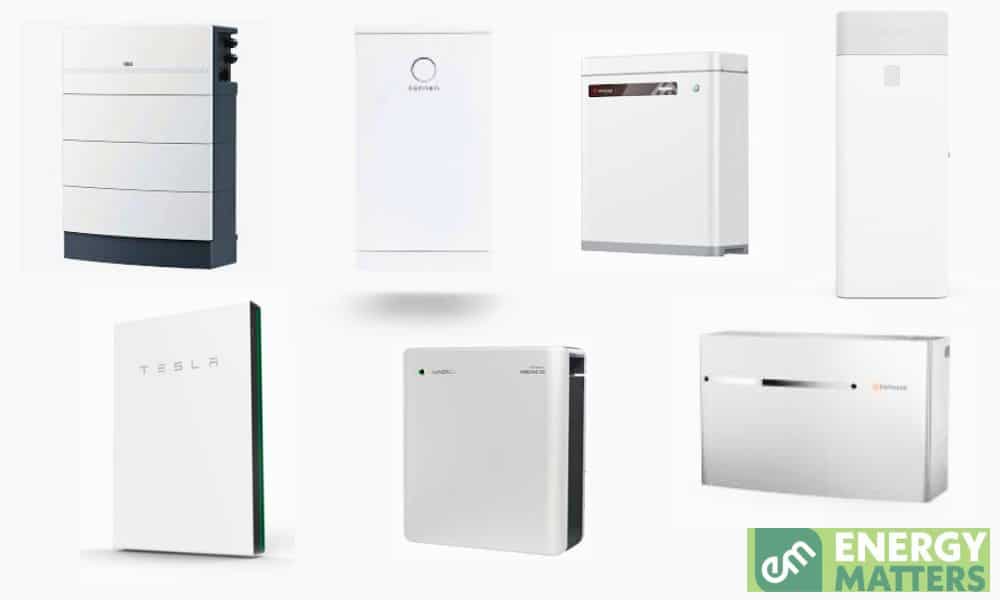
Unleash the potential of solar battery storage! Are you ready to transform the way you power your business or household? Say goodbye to rising electricity costs and unpredictable energy grids. The state-of-the-art solar battery systems empower you to maximise energy efficiency, save money, and reduce your carbon footprint while enjoying an uninterrupted power supply.
Some key comparisons between nuclear power and renewable energy
Nuclear power plants can operate continuously, providing a stable and reliable source of electricity. Solar and wind energy heavily depend on natural resources like sunlight and wind, which can be intermittent. This makes nuclear power more consistent and less affected by weather conditions.
Nuclear power has a high energy density, producing significant electricity with a relatively small fuel input. Renewable sources like solar and wind have lower energy densities, requiring larger areas of land or infrastructure to generate equivalent amounts of power.
Nuclear power does not emit carbon dioxide or other greenhouse gases during its operation. However, uranium fuel extraction, processing, and disposal have some environmental impact. Solar, wind, hydroelectric, and geothermal power are emissions-free as they generate electricity without direct greenhouse gas emissions.
Nuclear power plants have high upfront costs for construction, maintenance, and waste management, although they have relatively low fuel costs. Renewables like solar and wind have become increasingly cost-competitive in recent years due to decreasing technology costs. The cost of renewable energy sources has seen a significant decline, making them economically attractive alternatives.
Nuclear power generates radioactive waste that requires careful handling and long-term storage. While highly regulated, this aspect raises concerns regarding public safety. Meanwhile, renewable sources do not produce hazardous or radioactive waste, making them relatively easier to manage regarding waste disposal.
Nuclear power plants consume large amounts of water for cooling, impacting local ecosystems and freshwater availability. Renewable energy, except for hydropower, has a minimal water footprint and can be preferred in regions facing water scarcity issues.
It is essential to note that both nuclear power and renewables play crucial roles in reducing reliance on fossil fuels for electricity generation. Their choice depends on local availability, policy frameworks, environmental considerations, and individual priorities. Nuclear power is often categorised separately from other renewable energy sources because it does not rely on natural resources like sunlight, wind, or water. However, it is considered a low-carbon energy source as it does not produce greenhouse gas emissions during power generation.
Compared to these renewable energy sources, nuclear power offers advantages like continuous baseload power, high energy density, and the ability to generate significant electricity from a small amount of fuel. It produces substantial electricity without direct greenhouse gas emissions. However, it faces concerns regarding nuclear waste disposal, potential accidents or meltdowns, high initial capital costs, and public safety perception.
So, is nuclear power a viable option for Australia's energy future?
Nuclear power is a controversial topic in Australia, with strong arguments on both sides of the debate. Proponents of nuclear power argue that it is a low-carbon, reliable, and abundant source of energy that can help Australia meet its climate change targets. Opponents of nuclear power cite concerns about safety, security, and nuclear waste.
According to a 2023 report by the CSIRO, nuclear power does not currently provide an economically competitive solution in Australia. However, the report also notes that small modular reactors (SMRs) could play a role in Australia’s longer-term energy needs if they can be developed and deployed at scale.
A 2022 poll by the Lowy Institute found that the debate over nuclear power, outlawed in Australia since 1998, has divided Australians. A slight majority (52%)—a five-point gain from 2021—would favour lifting the current ban on nuclear power. Nearly half (45%) would disagree with this choice, a six-point drop from the previous year. This suggests that there would need to be a significant public education and engagement campaign before any nuclear power plants could be built in Australia.
In addition to the general nuclear power arguments, Australia currently has a ban on nuclear power generation. This ban would need to be repealed before any nuclear power plants could be built.
Nuclear power is a complex issue with both pros and cons. Whether or not nuclear power is viable for Australia is a complex question with no easy answers. It depends on several factors, including the country’s energy needs, climate change targets, and public opinion. It is important to weigh the pros and cons carefully before deciding on the future of nuclear power in Australia.
Still can’t afford to switch to solar power?
Are you considering getting solar panels but are currently short on funds? You can still invest wisely, and Energy Matters can help you.
Powow and Energy Matters have teamed up to provide consumers with an alternative to switching to solar power and battery storage.
The biggest obstacle to installing solar and battery storage is typically finance. With Powow’s PPA and VPP, our customers will have a $0 upfront option and financial stability in the uncertain energy market.
Get up to 3 obligation-free quotes by getting in touch with us right away. Find out what payment plan options suit your needs and budget!
Why choose Energy Matters?
- We’ve been in the solar industry since 2005 and have helped over 40,000 Australian households in their journey to energy independence.
- We’ve pre-qualified and vetted our installers for their track record of delivering Australia’s best business and household solar systems.
- We’ll match you with installers who are local to you, so you can get a quote that’s tailored to your needs.
Benefits of going solar with Energy Matters:

Get up to 3 FREE quotes
We’ll connect you with 3 different solar installers so you can compare prices and services.
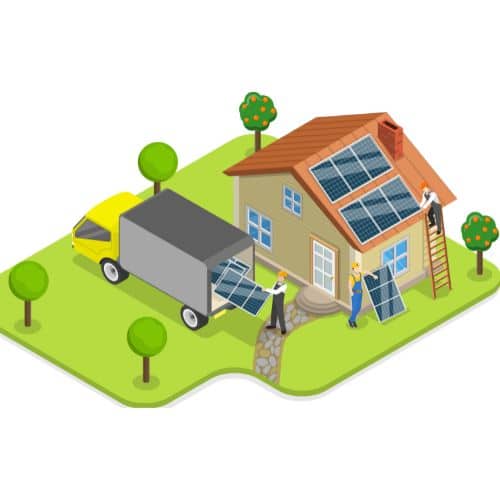
Work with trusted installers
We only work with solar installers who have been pre-qualified and vetted for their track record of delivering quality solar systems.
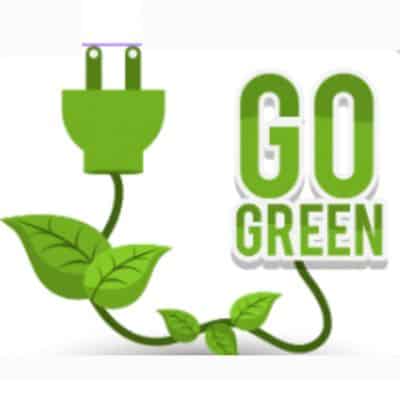
Get peace of mind
We’ll support you every step of the way, from the initial consultation to the final installation. Our team will assist you with the information you need to go solar!









